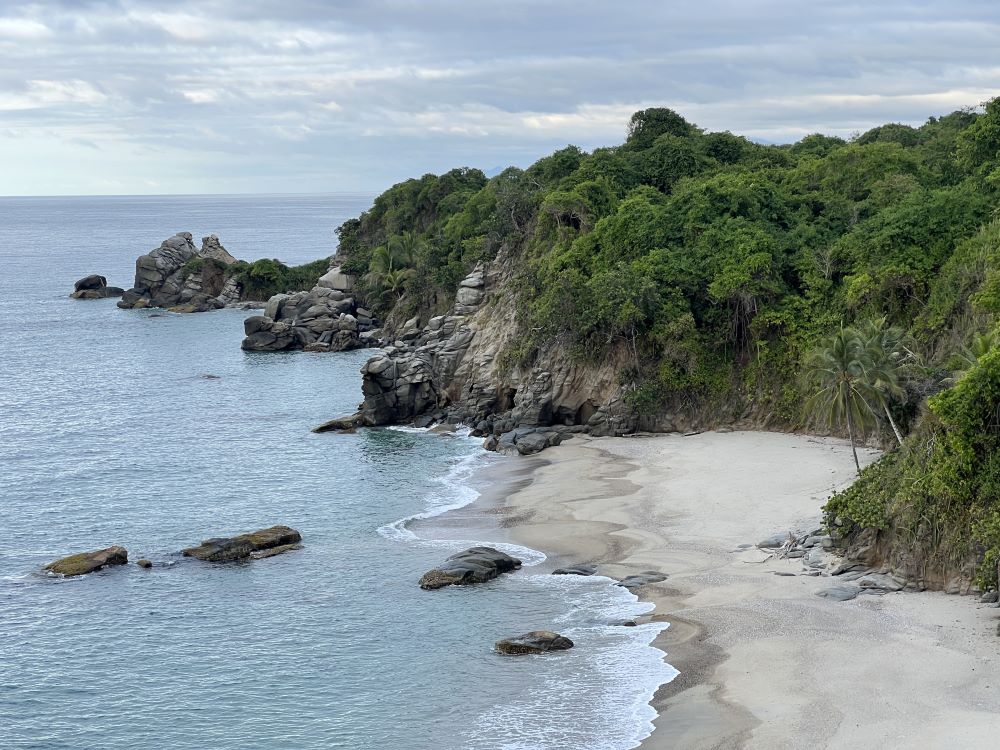Ahead of the UN biodiversity summit, countries are urged to come up with strong new plans and funding to meet global nature goals
The global target to protect at least 30% of the world’s land and water ecosystems by 2030 faces “huge” challenges, a top facilitator of UN biodiversity talks warned ahead of the COP16 summit starting next week in the Colombian city of Cali.
According to the UN’s biodiversity agency, only 29 countries – out of 196 – have so far submitted key updates to their national biodiversity plans, which are meant to include ways to reach the headline 2030 conservation goal agreed in 2022 in Montreal.
Chirra Achalender Reddy, chair of India’s National Biodiversity Authority and head of work on implementation at the UN biodiversity negotiations, said countries face a “humongous” challenge to meet the 30% by 2030 target – known as “30×30” – and need to formulate strong National Biodiversity Strategies and Action Plans (NBSAPs) to get there.
UN approves carbon market safeguards to protect environment and human rights
“This is not just a walk in the park. The challenges that parties are facing are huge and complex,” Achalender Reddy told journalists at a briefing on Wednesday ahead of the COP16 summit.
“This is a very ambitious target when you take the 196 parties into consideration. Different countries have different circumstances, different capabilities and different priorities. The differences between parties makes this exercise very challenging,” he added.
Little protection for oceans
A report published on Thursday by a consortium of nature NGOs and foundations estimates that only 8.3% of the world’s ocean has been designated as marine protected areas (MPAs). When accounting for the lack of enforcement and loopholes that still allow for overfishing and fossil fuel extraction, just 2.8% of MPAs are likely to be effectively protected, it added.
The report warned that, at the current rate of progress, no more than 9.7% of the ocean will be protected by 2030.
In a foreword, John Kerry, former US secretary of state, and José María Figueres, former president of Costa Rica, urged governments to “act together with urgency” to meet the 30×30 target.
“Protecting and conserving at least 30% of the world’s ocean is vital to safeguard marine biodiversity and the billions of people who depend on it for their livelihoods and food security,” they wrote. “It is also essential to preserving the ocean’s ability to act as our greatest climate ally by absorbing billions of tonnes of carbon emissions every year.”
New biodiversity plans
At COP15 in December 2022, countries adopted a landmark deal known as the Kunming-Montreal Global Biodiversity Framework (GBF), which lays out a set of 23 targets to halt and reverse biodiversity loss, including the 30×30 goal.
Countries were tasked with setting national targets that are aligned with the global ones, as well as updating their NBSAPs with specific action plans on how to implement the GBF.
The plans are meant to make progress towards a range of GBF goals including restoring 30% of all degraded ecosystems, reducing subsidies that harm nature by at least $500 billion per year, raising $200 billion a year for nature protection, and disclosing biodiversity impacts from businesses.
Most governments missed an October deadline to submit their updated biodiversity plans, including megadiverse countries like COP16 host nation Colombia, Brazil, Democratic Republic of Congo and Indonesia. Colombia’s vice-minister of environment, Mauricio Cabrera, said in a statement that the country will present its updated NBSAP on October 21, the first day of the summit.
More NBSAPs are expected to be announced at COP16, according to Astrid Schomaker, executive secretary of the UN’s Convention on Biological Diversity (CBD), who said the involvement of diverse government agencies in the plans was a positive outcome.
“This whole-of-government approach, bringing various ministries together, discussing amongst them and coming to agreement remains the strongest expression of political will and commitment,” Schomaker told reporters. “But it also takes more time.”
Colombia adds nature to the mix with its $40-billion energy transition plan
Nina Mikander, director of policy at Birdlife International, urged governments to commit at COP16 to deliver outstanding NBSAPs by the end of 2025. “Having a plan is just the first step to making sure that you’re able to progress on implementation,”
Read More

